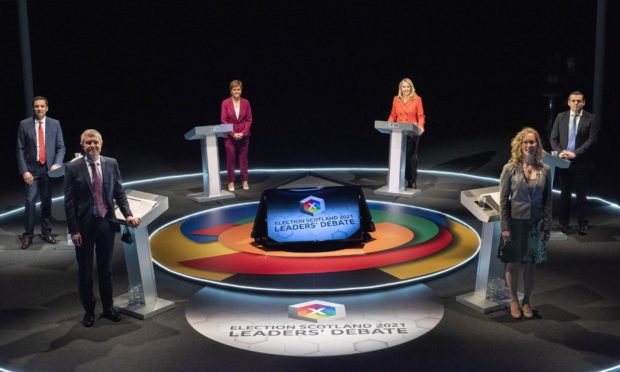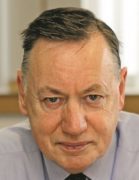It was the famous theoretical physicist Richard Feynman who said that anyone who claimed they understood quantum physics didn’t understand quantum physics.
Frankly, the same could be said today about predictions on Scottish politics.
I have been asked on several occasions recently to air my views on radio or television on the likely outcome of the forthcoming Scottish parliamentary election. I have been only too happy to politely decline these kind offers, since I know that any confident prediction that I – or anyone else for that matter – might make at this stage is almost certain to be proved incorrect come May 7.
Recent polls have produced conflicting results
Just last Thursday (April 8) two polls by two respected polling companies predicted totally different outcomes. One suggested the SNP falling just short of an overall majority with 64 seats, while the other said the Nationalists would win a comfortable majority on their own of 70 seats, with no need for help from the Greens or anyone else. Both suggested that former First Minister Alex Salmond’s new Alba party would fail to win any seats.
Yet two polls earlier in the week suggested other outcomes. One said that Mr Salmond himself was likely to find himself the sole representative of his party at Holyrood, while the other said they were on course to win up to six seats.
The problem with these polls is that on the fringes, where smaller parties are polling in single figures, the number of people being polled becomes very important.
Most polls are conducted with around 1,000 members of the public and give a margin of error of plus or minus just over 3%. If a party is polling at just 3 or 4% according to the pollsters, then an error of over 3% becomes very significant, probably the difference between no seats and up to a dozen.
How will parties other than the SNP fare in the election?
It takes no great political knowledge to predict confidently that the SNP will be, by far, the largest party at Holyrood come May 7. How many seats they will have, and how the other parties will fare, is a far more difficult question to answer. Will the SNP win an outright majority? Will Labour overtake the Conservatives and move into second place? Will Alba take votes from the SNP on the list, or will the Greens be damaged by losing list votes from SNP supporters who might previously have given them their second votes?
Anyone who tells you they can forecast how things are going to turn out in just over three weeks’ time simply doesn’t understand Scottish politics
Will the loss of Ruth Davidson as an effective leader damage the Conservative vote? Will voters be turned off by the fact that she has deserted Holyrood to take a seat in the House of Lords? Will they also be damaged by the fact that they’re currently being led by a Westminster MP rather than someone at Holyrood?
Will Scottish Labour, rejuvenated to some extent by new leader Anas Sarwar, stage something of a recovery? Mr Sarwar’s performances at recent First Minister’s Questions will have given Labour supporters some grounds for hope, but did his election as leader come too close to parliament going into recess to affect their vote sufficiently?
Will the squeeze between the SNP, Labour and the Conservatives, along with the publicity attracted by Alex Salmond’s presence in the contest, affect the Liberal Democrat vote? Will George Galloway’s high-profile presence on the Alliance4Unity ticket help or hinder that party’s chances?
Unpredictability is the only accurate prediction
So many questions, but the biggest of all for the future direction of Scotland is just how many SNP supporters will be willing to lend their second votes to Alba in an effort to “encourage” Nicola Sturgeon to push harder for a second independence referendum.
Now the logic behind Salmond’s intervention is unarguable. In six out of the eight Scottish regions, the SNP won not a single list seat in 2016, despite winning the overwhelming majority of list votes. That was because they had won so many first-past-the-post constituency seats in those regions.
But is it likely that the necessary thousands of SNP voters will take Mr Salmond’s advice and switch one of their votes, particularly with Nicola Sturgeon hammering the “both votes SNP” message? A message from the SNP encouraging their supporters to split their votes simply will not happen.
What then will be the outcome of next month’s election? In the spirit of Richard Feynman, anyone who tells you they can forecast how things are going to turn out in just over three weeks’ time simply doesn’t understand Scottish politics.
My only prediction is that this is set to be one of the most unpredictable elections of recent times.
Campbell Gunn is a retired political editor who served as special adviser to two First Ministers of Scotland

